I chat with photojournalist Alex Hofford about his recent trip to the Pacific Ocean with Greenpeace, where he encountered some beautiful sharks.
HS – What was it like meeting silky sharks compared to other sharks you’ve encountered
AH – These sharks seemed almost canine in their behaviour. Curious, shy, sometimes skittish, these sharks always appeared to me kind of jittery! In general they seemed pretty friendly, but like any shark, they do need be treated with respect. But I never felt in the slightest bit threatened by any silky shark that I encountered.
Silky sharks are less grey than other sharks, they’re usually brownish or tawny in colour. Silkies like to hang around in the shallows, they don’t dive down that deep. The deepest I ever saw a silky shark go was about 20 metres, but I’m sure they can if they need to.
HS – Where abouts did you take these shots?
AH – They were all taken at sea in the Pacific around pieces of industrial fishing equipment called ‘Fish Aggregating Devices’, or FADs. These are placed in a seemingly random way at sea by the fishing industry. The ones in the pictures are all in international waters at the western edge of high seas pocket #2, which I guess is closest to Micronesia and Papua New Guinea. (International waters, sometimes called the high seas, are the part of the ocean beyond the 200 nautical mile Exclusive Economic Zone, EEZ, of any country. It is regulated by international law, the law of the high seas, which makes it particularly difficult to police.) Most of these pictures were taken beneath FADs belonging to Taiwanese or Philippine fishing vessels.
I got to these remote spots on the Greenpeace ship ‘MY Esperanza’ late last year, as part of their ‘Defending the Pacific’ tour 2011. Greenpeace are campaigning against the use of FADs in industrial fishing. That’s why I was there. I think it’s great what they are doing.
HS – Were you scuba or free diving?
AH – All my photos of silky sharks were taken whilst free diving. If you show up in scuba gear, they take fright along with all the other marine life that aggregate around FADs, since they’re afraid of the air bubbles coming out from scuba tanks. The fact that many of these pictures were taken in the middle of the day during fine weather, and near the surface, make for really crisp images. These photos were taken at a really high shutter speed, with no need for strobe lighting.
HS – Did you have to wait long for the silkies to show up?
AH – No time at all. They were already by the FAD every time I jumped in. They live there, that is, until they die there! FADs work like an oasis in the desert, attracting various kinds of marine life; sharks, turtles, mahi mahi, all kinds of different bait fish, and even small tropical fish that would not look out of place in an home aquarium. And of course, the four main tuna species of the Pacific; skipjack, albacore, yellowfin and bigeye – the original intended targets of the FAD. They also attract sea birds like gannets, and even whale sharks. But that’s another story.
HS -Do we know if silky sharks are showing up in the fin trade?
AH – Yes, they mostly certainly are. According to the Pew Environment Group, fins from silky sharks are the third most commonly traded fins in the shark fin trade. They are of a particularly high value. Pew reckon that between half a million and one and a half million silkies are traded annually for their fins.
Read more about Alex’s expedition to the Pacific at his blog: A Portrait of the Western Pacific Ocean – Industrial Fishing and Natural History.
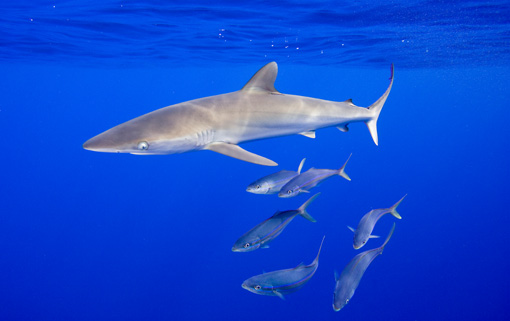
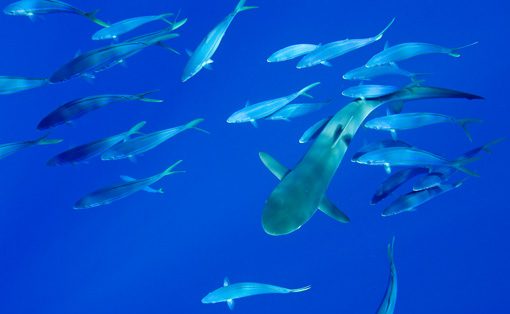

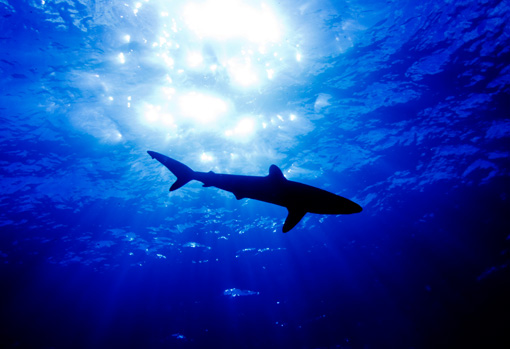
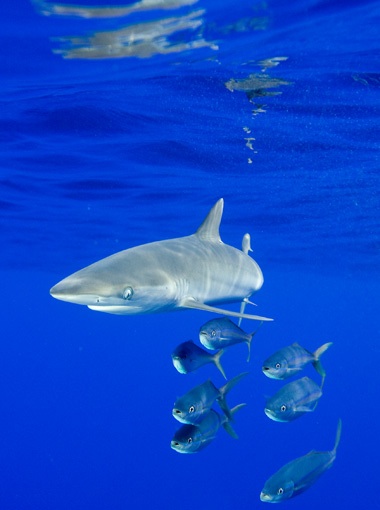
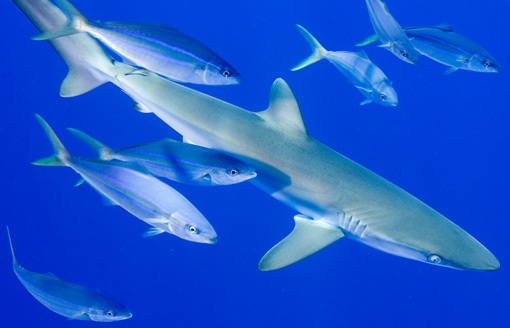

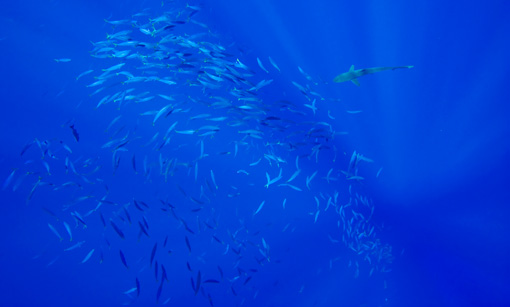
Leave a Reply